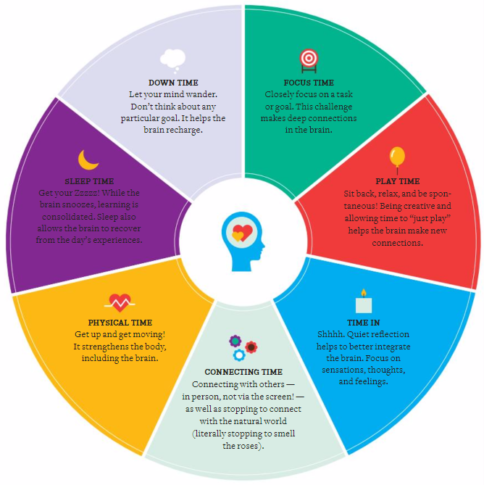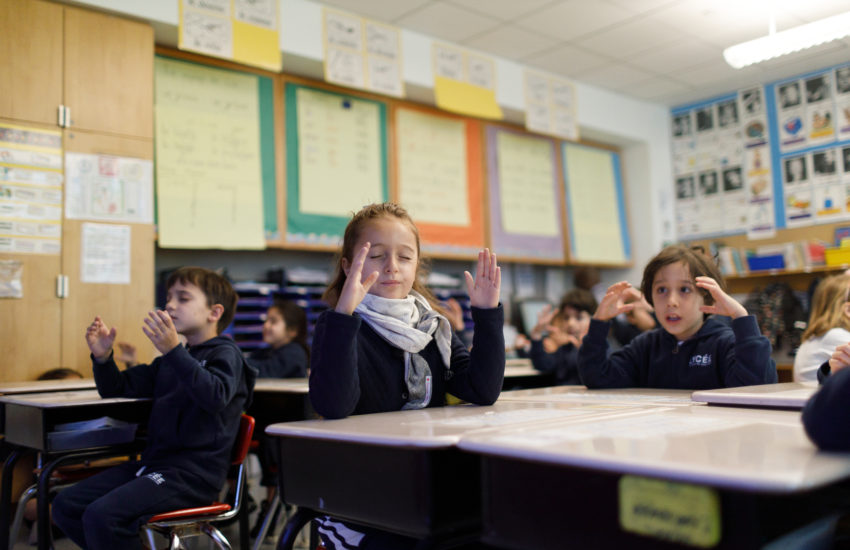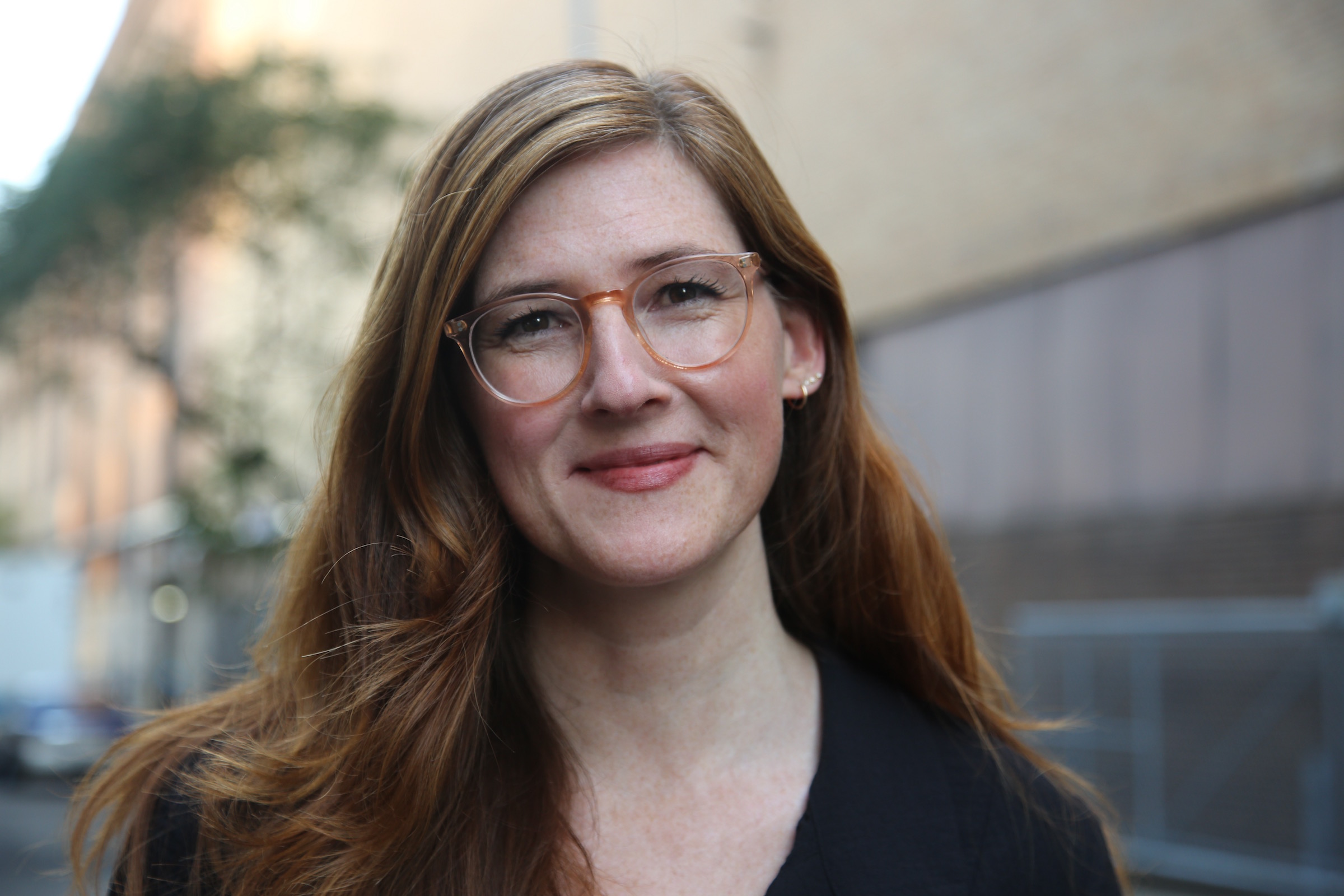In 2010, when Generation Alpha was still in gestation, Dr. Peter Gray, author of Free to Learn, wrote about research suggesting a strong link between happiness and a child’s ability to spend personally-directed time in a mode of discovery.
Dr. Gray attributed these findings to a few core needs:
- a need for free play
- a need to develop intrinsic goals and values
- and a need to feel intrinsic control over their destinies
“Intrinsic values, personal self-control, and emotional wellbeing,” he noted, were developed through “freedom, play, and self-directed exploration.”
Something else was in gestation in 2010: Instagram, one of the decade’s great sharing platforms and most effective distraction machines.
Now, as many of us are taking stock of our relationship with the attention economy, we also consider its effects on our choices, and on our children’s relationships with media, self-image, the flow of information, and that most evasive of all resources: time.
Where does the time go? How do we use it? How do the ways in which we use our time affect us? When we are in an unsolicited and uninterrupted space of creative investigation, magic happens. We walk through the writing block. We come up with new understanding. We process disappointment or loss. And the key to finding that space, as visual artist Chati Coronel writes, is “owning our time.”
When the FDA came out with an updated graphic to educate about nutrients, psychologist and author Dan Siegel developed a response addressing the need for mental nourishment. His graphic, which he coined the Healthy Mind Platter, reminds us how our time–in nature, in the Maker Space, reading, writing, in conversation with a friend, or tossing a frisbee–works like nutrients, contributing, one way or another, to the balance of our minds.

Just like a balanced diet nourishes our bodies, our ability to remain mentally and emotionally resilient depends on our ability to protect, preserve, and foster a balance in our mental load. According to Siegel, this means a healthy menu of activities, and time dedicated to each.
A few are familiar: Physical Activity, Sleep, Down Time, and in-person Connection have long been known to support emotional well-being and mental resilience. But now, more than ever, Intentional Focus, Time-In, and Play are not only harder to come by, they require more effort in order for us to develop and protect those key treasures Dr. Gray wrote about: self-directed focus, personal values, and personal freedom.
Focus. With competing demands on our attention, we need to make consistent, active and applied efforts to foster and protect immersive concentration. These are the precious moments in which we can enter a state of flow and get lost in what we are doing, or, as Dr. Derrick Gay recently put it, when we can “enjoy the work we have earned.” The blogger Nerdwriter has a great piece on the importance of the flow state.
Time In. We need moments of personal awareness, what Siegel calls Time In, spent developing proprioception and exploring the internal landscape, be it by following a creative pursuit, listening to music, or as some mindfulness educators put it, ‘listening to our listening.’ In this space, our prefrontal cortex grows. Our inner observer watches and listens, and we have the opportunity to begin to befriend our thinking.
Play. It can be challenging for parents to put down our responsibilities and lose ourselves in the moment, but even a few minutes can be beneficial, beyond the attention and bonding it offers our children. Play can simply mean letting the imagination wander, inventing a story, building together, or having a couple of stuffed animals work out a conundrum. Letting our children take the lead shows them that we value their play time, too.
Down Time and Sleep. Jessica Lahey, author of The Gift of Failure, reminds us of the importance of modeling the habits we wish our children to adopt. “Let kids see you value sleep,” offers Lahey, in her excellent Smarter Living Guide on Helping Kids Succeed at School. “Allow the house to get quiet an hour before a reasonable bedtime, put your devices away, pull out a book and keep good sleep habits yourself.”
Lahey also recommends that rather than blaming technology, we need to plan for it, scheduling tech time, making the limits clear and the time purposeful. You’ll be hearing more from us on this soon.
If our children’s happiness depends on intrinsic motivation, as more and more of their attention is directed to extrinsic social pressures, redirecting attention inward becomes more necessary.
Making the connection between how we choose to spend our free moments, and the quality of our experience can help us model and achieve balance at a time when the unprecedented shift from the internal to the external can leave us all feeling overwhelmed or out of control.
What are some ways to encourage Time In, Down Time, and Focus at home?
- Model the behaviors we wish for our kids to adopt
- Make space and time for creative exploration
- Make down time a ritual
- Make time for tech, but keep it purposeful, and within clear boundaries.
- Making connection a ritual.
Reflecting together on where we turn our attention, and acknowledging that this is a work in progress, for kids and adults alike, can help us all to build and protect healthy minds.
About the Author :
Jamie Laurens joined the Lycée in 2007. A native of the Rockies, Jamie began working on student wellness as a college student at Carnegie Mellon University in Pittsburgh, Pennsylvania and in Avignon, France, where she chose education as a vocation. She began at Idyllwild Arts Academy and Westridge School before moving to New York and the Lycée. She has taught in the English program in middle and high school, co-developed the Advisory and Social Entrepreneurship programs, and researched the links between attention, learning, and well-being. Jamie enjoys reading poetry and being in the outdoors.


